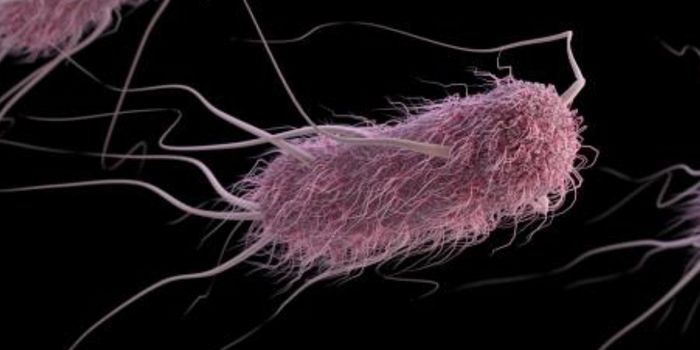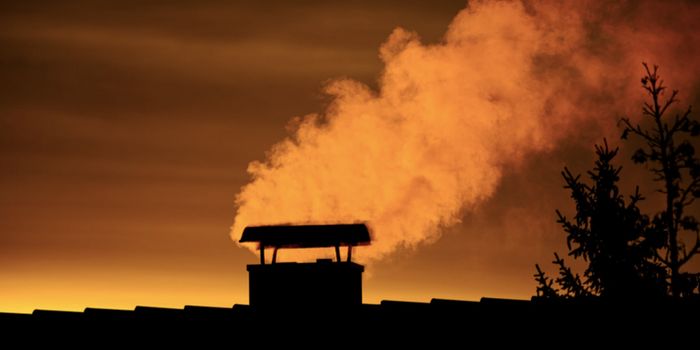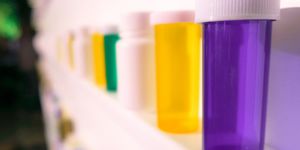CDC Suggests Older Americans Should Stay Home As Much As Possible
The number of confirmed cases of SARS-CoV-2 infections has topped 100,000 worldwide. The number of Americans who are infected with SARS-CoV-2 is also increasing, and as more people are tested, that number is only going to rise (340 have tested positive in the US so far). Two people have now died from the illness caused by the virus, called COVID-19, in Florida (one has died in California and 14 in Washington State have died from the illness). The Centers for Disease Control and Prevention (CDC) has had a lackluster response to the virus. Now, there have been about twelve cases of person-to-person transmission in the US.
The CDC also opted to use their own test for the virus instead of the one used by the World Health Organization (WHO), but it did not work as expected at first. The decision to decline WHO's test is shrouded in secrecy. At this point, the CDC has told states that they should use their own tests if they are able to do so.
Other countries have been faster at developing tests and containing the virus. While there are thousands of cases of COVID-19 in South Korea, over 140,000 people have been tested, and drive-through testing stations have been established. A survey of hospitals and clinicians performed by The Atlantic suggested that not even 2,000 tests have been performed in the United States so far. They were only able to verify 1,895 tests as of an article updated today. It appears that about twelve states are able to conduct their own tests at this time. Identifying the infected and keeping them away from other people is, of course, critical to containing the spread of an infectious disease.
While the CDC's response does not inspire confidence at this point, they have issued recommendations for preparedness. They have emphasized that people who are at high risk, which includes people with chronic medical conditions like kidney, heart or lung disease, and older people, should try to stay home, and to avoid crowds. They also recommend that those at high risk keep a stockpile of supplies like medication and food at home. It also helps to have a plan for what to do if you get sick; are there people that have to be notified like an employer, and what if you need assistance?
The CDC has also emphasized preventive measures like frequent handwashing with soap and water for twenty seconds or more, and to use hand sanitizer if soap isn't available. Avoid touching surfaces that are touched by many people in public places like handrails or elevator buttons - use your sleeve instead, and avoid touching your face.
It's also time for people to start looking out for symptoms of COVID-19. They include but are not limited to cough, fever, and shortness of breath. Not every infected person will display all of these symptoms, and some infected people appear to be asymptomatic. Symptoms of serious illness, which might occur in up to ten percent of infected people, include trouble breathing, persistent chest pain, confusion, or bluish lips or face. Call your doctor if you have symptoms. Many of those who are or will be infected will be able to recover at home without hospitalization. If the pandemic becomes serious and widespread, it may be prudent to stay out of the hospital if possible; they may be overwhelmed.








